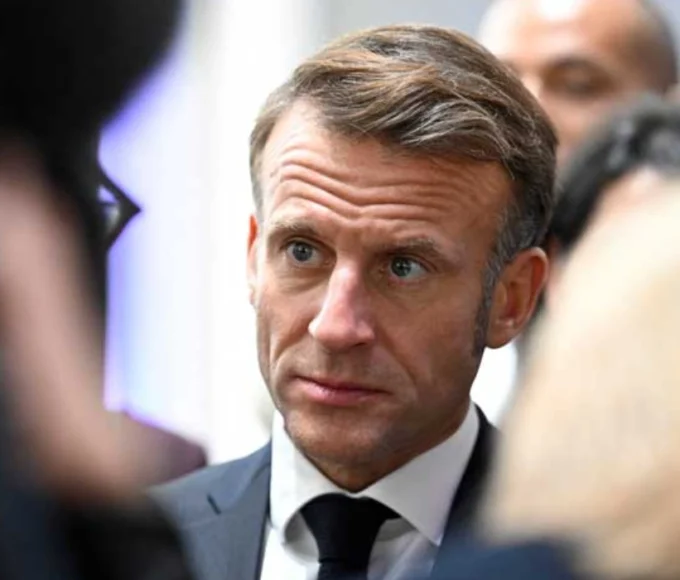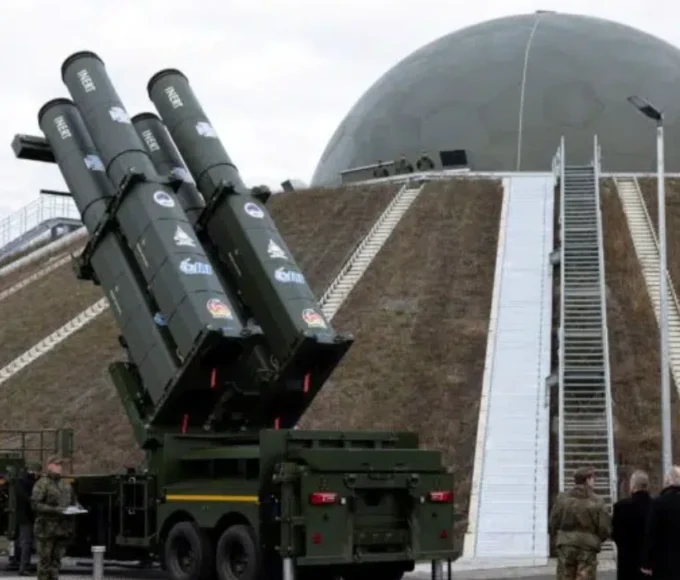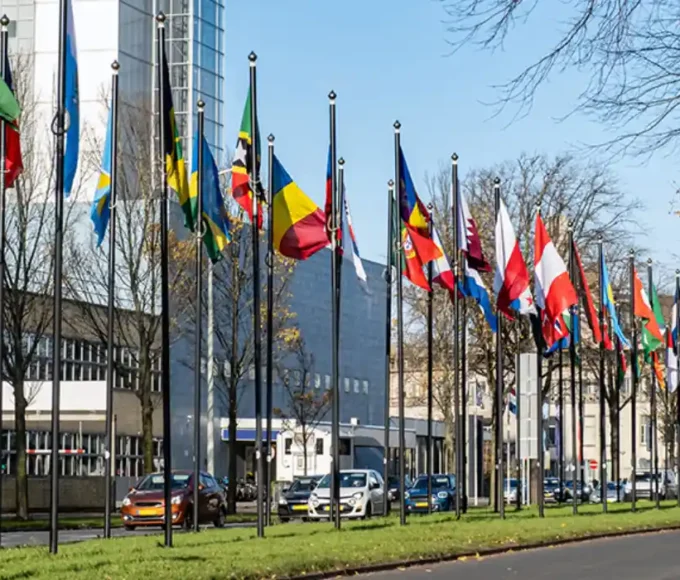In a joint statement, the mediating countries – the United States, Qatar and Egypt – announced that the talks will resume in Cairo next week, after the presentation on Friday by the United States in Doha of a new proposal, aimed at “filling the remaining gaps” with a view to the “implementation” of an agreement on a ceasefire. But two Hamas officials subsequently indicated to AFP that the movement rejected “new conditions” from Israel.
Iran’s response. In the besieged Gaza Strip, the war triggered by Hamas’ unprecedented attack on Israel on October 7 is not letting up, and violence continues in the occupied West Bank where a deadly attack by Jewish settlers has provoked an outcry including in Israel. After more than ten months of conflict, diplomacy is also being activated to prevent a response from Iran and its allies, including Hezbollah, to the assassination, attributed to Israel, of Hamas leader Ismail Haniyeh on July 31 in Tehran, and to the death the day before of the military leader of the Lebanese Islamist movement in an Israeli strike near Beirut.
US President Joe Biden, whose country is Israel’s main ally, assured Friday that an agreement had “never been so close” for a ceasefire in Gaza. He had estimated that a truce could prevent Iranian retaliation. “We are not there,” the American president said again, judging however that a compromise was “much closer than three days ago.” The head of Egyptian diplomacy, Badr Abdelatty, also considered that a ceasefire in Gaza was the “key” to preventing “an all-out war” in the region.
Diplomatic agreement. Receiving his counterparts, British David Lammy and French Stéphane Séjourné, in Jerusalem, the head of diplomacy Israel Katz told him that in the event of an attack by Tehran, his country expects its allies “to join Israel, not only to defend it but also to attack important targets in Iran”. Mr. Séjourné considered it “inappropriate to talk about a response and preparation of an Israeli response, even defensive, while we are working on a diplomatic agreement”.
In Lebanon, Hezbollah released a video – the authenticity of which AFP was unable to verify – showing its members moving in large, lit tunnels dug into the rock, where trucks appear to be transporting large missiles. In one image, a missile launcher is directed skyward through a hatch.
New conditions. In Doha, Hamas did not participate in the negotiations that brought together the heads of American and Israeli intelligence with the mediators, but the movement is in regular contact with the mediators. Among the Israeli “new conditions” rejected by Hamas, one of its leaders notably cited the “maintenance of Israeli troops” along the Gaza border with Egypt and “a right of veto” on the release of certain prisoners.
This article is originally published on lopinion.fr







